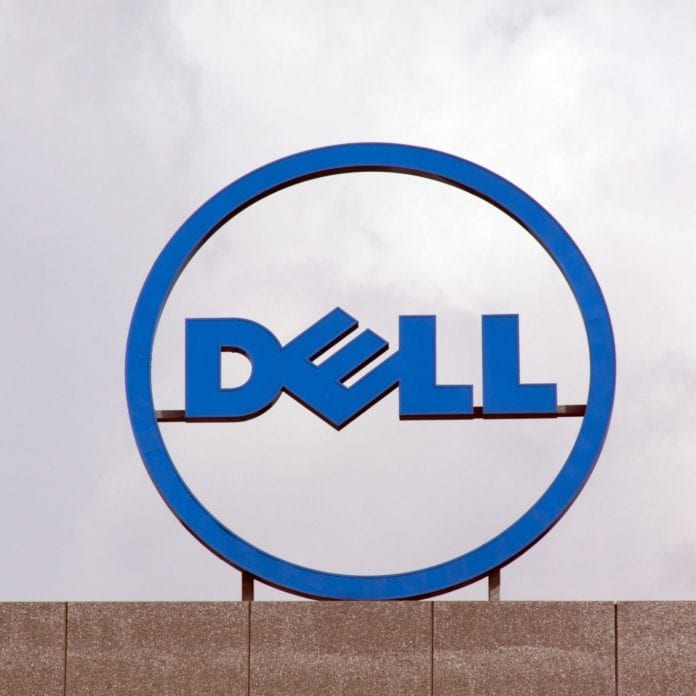Dell is also introducing new reference architectures and an Open Telecom Ecosystem Lab
Dell Technologies launched new cloud-native network infrastructure that includes a full stack of open, scalable carrier-grade server and software solutions with the ambition to simplify and accelerate the telecom journey towards disaggregate networks the delivery of applications at the edge. The open software solutions and services are designed specifically for the unique requirements of the telecom industry as carriers continue to deploy 5G networks and seize edge opportunities.
The launch includes the software solution Project Metalweaver, which according to Dell, will help Communication Service Providers (CSPs) scale their networks and edge capabilities across broad geographies, allowing for more flexibility and automation throughout the process.
In addition, Dell is introducing new reference architectures to span telecommunications edge, core and Open RAN environments that will provide full stack guidance, deployment options and operational recommendations for specific use cases. Building upon the foundational solutions developed in collaboration with VMware Telco Cloud Platform and Red Hat OpenShift, the new reference architectures will now allow CSPs to initially deploy solutions from Affirmed Networks, CommScope RUCKUS, Intel Smart Edge, Mavenir and Nokia.
Last month, the company’s CEO Michael Dell reiterated the widespread perspective that the COVID-19 pandemic revealed the criticality of our networks and proved that, in a digitally connected world, broadband connectivity is no longer a luxury. In a recent press briefing announcing the new cloud-native infrastructure, he elaborated, saying that increasing broadband infrastructure is essential and that doing so “is dependent on open telecom ecosystems and increasing competition” because these two things will “give communities increased options, and overall lower the cost of deployment and access.”
But opening up these ecosystems requires significant digital transformation and network modernization through am open and cloud-native approach to network architecture.
“Dell has helped with digital transformation across many industries, now it’s time for telco,” Dell’s SVP and GM of Telco Systems Business Dennis Hoffman said during the same briefing. “I see the opportunity for our customers […] to embrace open, software-defined standards, accelerate the roll out of 5G and ultimately give them the technology foundation to support rapid services innovation and capture new revenue streams.”
Hoffman also emphasized the importance of open standards, stating that they “level the playing field” for telecom network equipment and encourage innovation. The move from vertically integrated networks to virtualized, O-RAN for rural systems, for example, not only creates opportunities for telecom, he said, but will also “drive human progress in ways we’ve never imagined.”
To address the innovation element of open telecom, Dell also established Open Telecom Ecosystem Lab, a carrier-grade testing environment, at the company’s headquarters in Round Rock, Texas. The company will work with its partners and customers at the lab to explore and collaborate on future telecom technologies and applications.
In a press release, Sanjay Uppal, senior vice president and general manager, service provider and edge business unit at VMware commented, “The modernization and cloudification of the network — from core to RAN to edge —gives CSPs two powerful tools: choice and control.”

